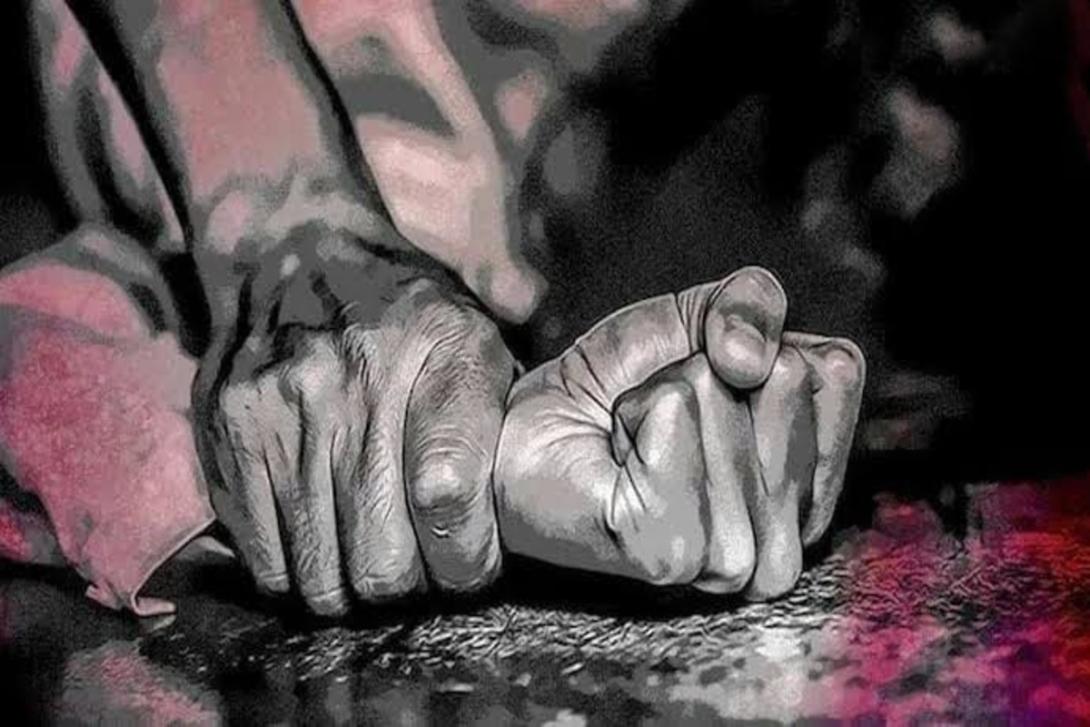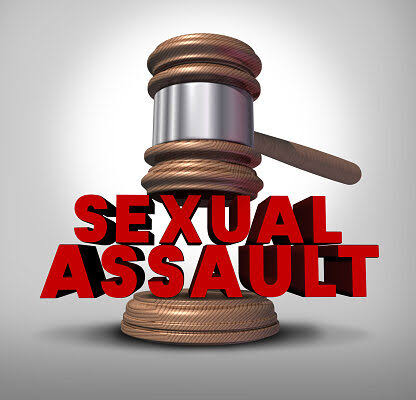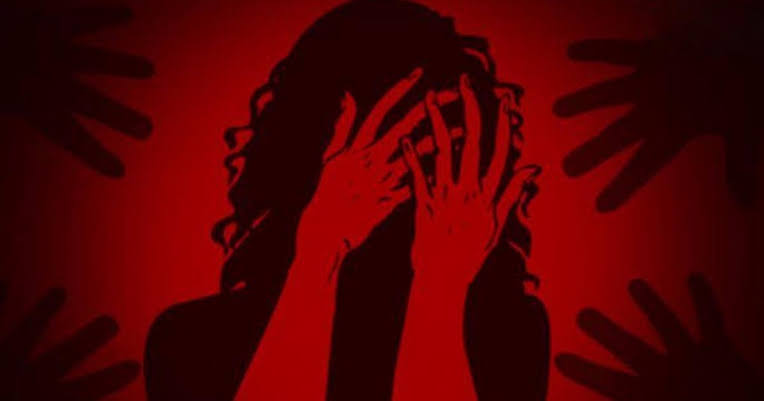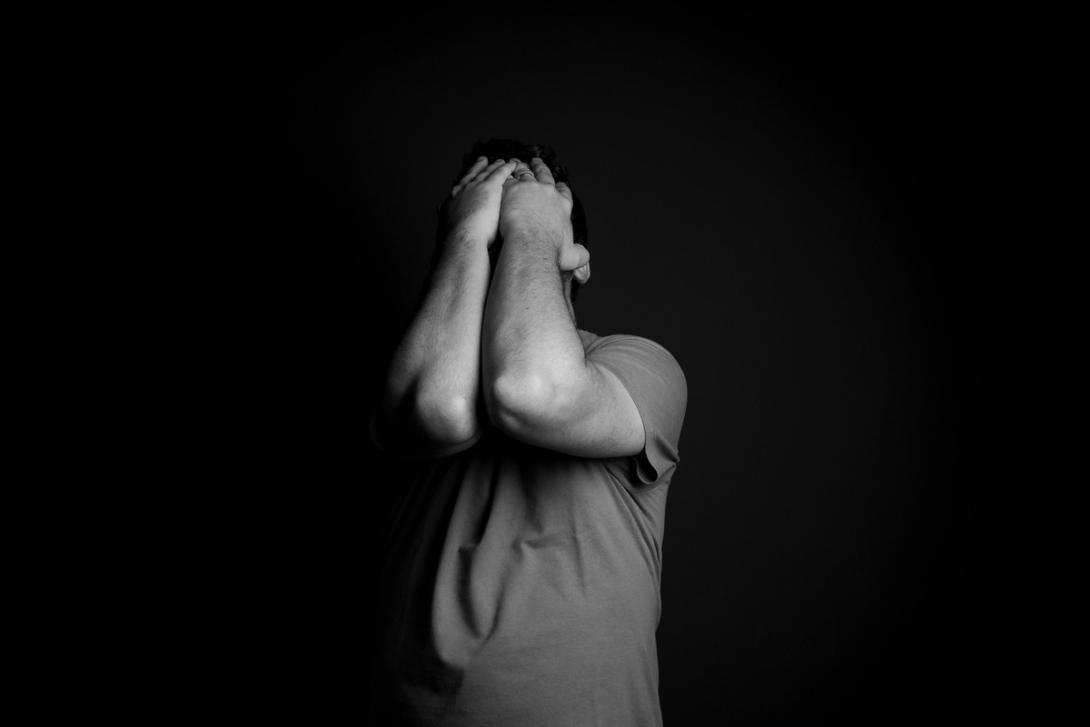
On July 25, 2024, a woman was allegedly raped by robbers at gunpoint in front of her husband and three-year-old daughter near Hafizabad. A striking aspect of this incident was the response of the police from the districts of Hafizabad and Nankana Sahib, who reportedly engaged in a "jurisdiction dispute" instead of assisting the victim's family.
For nearly an hour, the family was left unattended while the police argued over jurisdiction, allowing the criminals to escape after committing the heinous crime. This incident is a stark example of Pakistan's weak legal system and ineffective law enforcement. Unfortunately, this is not a single case. High-profile rape incidents such as the Mukhtar Mai Case, the Motorway Rape Case, the Safia Bibi Rape Case, the murder of Zainab Ansari, the White Corolla Case, the Kasur child sexual abuse scandal, and the recent rape of five schoolgirls in Gujranwala in September 2024, highlight the ongoing crisis of sexual violence in the country.
Alarming Statistics:
This is one of the most alarming issues Pakistan is currently facing. In the World Economic Forum's 2024 Global Gender Gap Index, Pakistan was ranked 145th out of 146 countries, a drop from 142nd in 2023, indicating that achieving gender parity is becoming increasingly difficult.
A 2023 study by the Sustainable Social Development Organization reported 6,624 recorded cases of rape, with the highest number occurring in Faisalabad (728), followed by Lahore (721), and Sargodha (398). This means that a woman was raped every 45 minutes. Disturbingly, identifying the perpetrators in 235 sexual assault cases reported in recent months remains a significant challenge. In Lahore alone, over 200 women were sexually assaulted in 2024.
These staggering numbers suggest that,
on average, twelve women are raped each day,
or one every two hours, across the country.
Another study, conducted by a private TV channel, revealed that between 2017 and 2021, around 21,900 women were reported to have been raped nationwide, based on data from Punjab's home department and the Ministry of Human Rights. These staggering numbers suggest that, on average, twelve women are raped each day, or one every two hours, across the country.
Sahil, an organization advocating for children's rights since 1996, reported that an average of 12 children were sexually abused daily in Pakistan from January to June 2023, with a total of 2,227 cases occurring during this period. According to the report, 457 of the victims were girls aged 6 to 15, while 593 were boys. Of the cases, 45 percent were reported from rural areas and 55 percent from urban areas. The highest number of cases, 74%, were reported from Punjab, followed by 14% from Sindh, 7% from Islamabad, 3% from Khyber Pakhtunkhwa, and the remaining 2% from Baluchistan, Azad Jammu and Kashmir, and Gilgit-Baltistan.
Efforts by Government to Cope with Rape Cases:
Pakistan has laws prohibiting sexual violence, though its legal system originally inherited rape laws from the British colonial era, based largely on Victorian principles. Until 2006, rape was governed by Section 375 of the Pakistan Penal Code (PPC), which defined rape as non-consensual intercourse with a woman. This definition faced heavy criticism for being gender-biased, as it only recognized female victims and excluded male victims or cases of same-sex rape.
A significant legal development occurred in 1979 when the Zina Ordinance was introduced under the military regime of Gen. Zia ul Haq. The ordinance imposed harsh penalties for adultery and rape, but while it aimed to protect women, its implementation often resulted in punishing the victim rather than the perpetrator. Victims were required to provide four male witnesses to prove their case, creating significant barriers for survivors seeking justice.
Recognizing the flaws in the legal framework, the government of Pakistan undertook reforms. In 2006, the Women’s Protection Act replaced the Zina Ordinance, bringing major changes. The amended Section 375 of the PPC redefined rape, expanding its scope to include male victims and cases of same-sex rape. It also introduced sexual assault as an offence, addressing a wider range of sexual crimes.
Further amendments were made in 2016 to strengthen rape laws. The Criminal Law (Amendment) (Offences Relating to Rape) Act addressed issues like child abuse, harassment, and improper medical examinations of victims. It also introduced modern forensic technology into rape investigations to improve evidence collection.
In 2020 and 2021, additional amendments were passed, including the establishment of special courts for rape cases, the creation of a national sex offender registry, and harsher punishments for rape convictions, including chemical castration and the death penalty in certain cases. The Anti-Rape (Investigation and Trial) Act of 2021 marked a significant milestone for rape victims, offering substantial improvements to the legal framework with the aim of better protecting and supporting survivors of sexual assault.

Challenges in Implementing Rape Laws:
While legislative reforms have improved rape laws, challenges remain in their implementation.
Survivors often encounter reluctance from the police in registering complaints or collecting evidence promptly. A lack of sensitivity and professionalism in handling rape cases adds to the victims' trauma.
Many victims hesitate to report rape due to fears of social stigma and victim-blaming. Social pressure to protect family honor and a lack of confidence in the police contribute to underreporting.
Lengthy legal proceedings and delays in court trials are also common, discouraging survivors from pursuing legal action. Although the requirement of producing four male witnesses under the Zina Ordinance has been removed, securing other forms of evidence—often near-impossible—remains a significant challenge.
The criminal justice system struggles with issues such as an overwhelming caseload and limited resources, contributing to slow progress in rape cases, drawn-out trials, and a troubling lack of sensitivity when dealing with survivors.
Proposed Solutions: The Need for a Fast-Track Legal System
To address these concerns, there is a need for a fast-track legal system specifically designed to handle sexual violence cases. This specialized system would ensure swift and efficient processing of such sensitive matters. By streamlining legal procedures and assigning dedicated personnel to these cases, the fast-track system aims to expedite justice and reduce the trauma survivors face during prolonged legal battles.
Additionally, the system would prioritize support services for survivors, including access to counseling and guidance throughout the legal process. This holistic approach acknowledges the emotional toll on survivors and aims to create a safe, supportive environment for them to seek justice.
By establishing a fast-track legal system, the nation would demonstrate its commitment to protecting the rights and well-being of its citizens. This would instill confidence in survivors that their voices will be heard and that justice will be delivered swiftly. It is a proactive step toward creating a more just and empathetic society, where survivors of sexual violence are empowered to come forward, knowing their cases will be handled with urgency, care, and respect.

Conclusion:
The evolution of rape laws in Pakistan reflects a continuous effort to combat sexual violence and deliver justice to survivors. While legislative reforms are in place, there is still an urgent need to enhance the implementation of these laws and change societal attitudes.
The true measure of success lies in the experiences of survivors who have bravely navigated the legal system and received the justice they deserve. These stories inspire hope and underscore the importance of a functioning legal framework in securing justice for survivors and deterring future offenders.
However, the continued occurrence of such heinous crimes is disheartening, signaling that much work remains to be done to address the root causes of rape and its prevalence in society. It is time to reflect on past mistakes and take proactive measures to prevent further atrocities.
References:
Chaudhry, A. (2024, July 26). Lahore woman ‘gang-raped’ in front of husband, child. Dawn.
https://www.dawn.com/news/1848007
Wikipedia contributors. (n.d.). Category: Rape in Pakistan. Wikipedia. Retrieved September 18, 2024, from
https://en.m.wikipedia.org/wiki/Category:Rape_in_Pakistan
World Economic Forum. (2024). Global gender gap report 2024.
https://www.weforum.org/publications/global-gender-gap-report-2024/
The Newspaper's Staff Reporter. (2024, March 9). 10,201 cases of violence against women in 2023. Dawn.
https://www.dawn.com/news/1820238
Web Desk. (2024, February 29). Over 4,000 children suffered abuse in Pakistan in 2023: Report. The News International.
Shekhani, A. (2023, September 25). Shaping justice — tracing the evolution of rape laws in Pakistan. Dawn.
https://www.dawn.com/news/1777460
Nation. (2024, January 2). Menace of child abuse in Pakistan. The Nation.
https://www.nation.com.pk/02-Jan-2024/menace-of-child-abuse-in-pakistan?version=amp
Nekokara, A. M. (2024, August 14). Rape epidemic: A legal battle for victims. Pakistan Today.
https://www.pakistantoday.com.pk/2024/08/14/rape-epidemic-a-legal-battle-for-victims/


